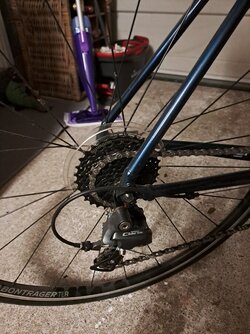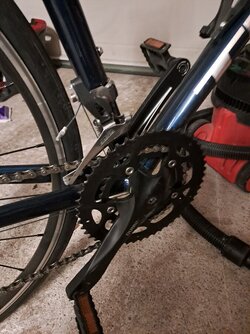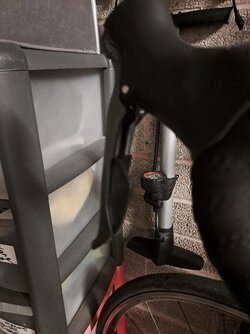Keep it simple. First find your normal gear. This is what I call my 'kilometre eater'. On an easy day in the English lowlands I can easily go 100km in this gear and never change out of it. For me it is 5.64 metres which means for every revolution of the pedal the bike goes forward 5.64 metres. On 700c or 27" wheels this is obtained with a 42 tooth front chainwheel and a 16 tooth rear sprocket. Other combinations such as 34 x13 or 48 x 18 give a very similar gear. Most riders I know have their normal gear between 5.5 and 5.8 metres. Set this up and go for a long ride of 20km+ without ever changing gear. Walk up hills if you need to, freewheel down if you can't keep up the cadence. You will have learnt what normal riding feels like.
Next time out, tackle a hill and allow yourself one gear change to the next lower gear, then back to normal.
On the following ride, allow yourself an additonal change to the next higher gear as well, then back to nomal.
Stick with 3 speeds for a couple of rides. Then allow yourself the full gammut; but keep returning to your normal.
By then, gears will no longer be a problem but an everlasting solution, one of humanity's great inventions: but the key is 'know your normal'.




